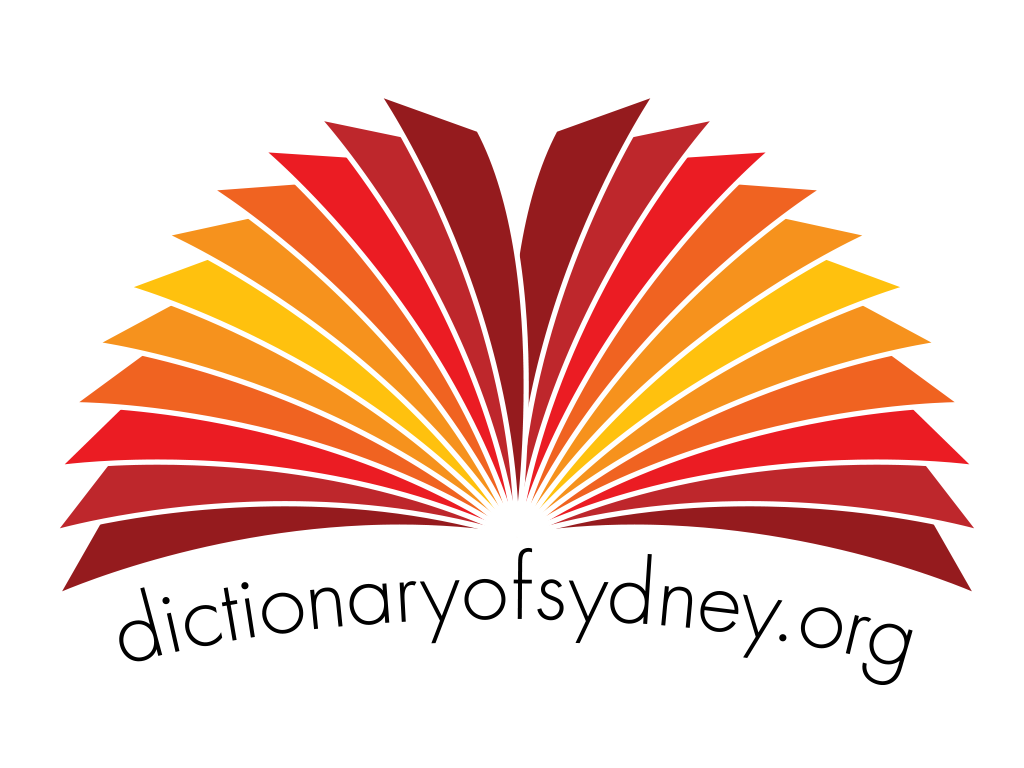The Dictionary of Sydney was archived in 2021.
Search
National Trust of Australia (NSW)
The Australian National Trust movement was established in New South Wales in 1945 by Annie Wyatt who, along with a group of other citizens, raised community consciousness of widespread destruction of the built and natural heritage in Sydney. The National Trust movement…
Woolloomooloo
Once a desirable bayside address east of central Sydney, the area grew more congested and grimy as the wharves expanded and the boarding houses and pubs gave refuge to larrikin gangs and petty criminals. Though now bisected by freeways and rail it is slowly reclaiming its…
Marrickville local government area
Area in Sydney's inner west, traditional lands of the Cadigal people, formerly governed by Marrickville Council until merged with Leichhardt and Ashfield to form Inner West local government area in 2016. It was enlarged by the amalgamation of St Peters and Petersham…
Hurstville local government area
Area of 23 square kilometres in southern Sydney, part of the traditional lands of the Bidjigal and Gameygal peoples, formerly governed by Hurstville City Council until being merged with Kogarah to form Georges River local government area in 2016. It was bordered to the south…
Dixon Street
The centre of Sydney's Chinese community, the street is marked by ceremonial gates, banners and signage for the many restaurants and businesses in the area. It was once home to many of the old clan associations who were actively involved in the welfare of the Chinese who…
Meehan, James
Transported for his part in the Irish rebellion of 1798, James Meehan became an exceptional surveyor and explorer of Sydney, New South Wales and Tasmania, before retiring to the large land grant he received at Macquariefield, as reward for his services.
HMAS Albatross
Carrier commissioned at Cockatoo Island in 1929. After being decommissioned in 1933 the ship became a repair vessel for the Royal Navy, playing a vital role in the Allied invasion of Normandy. By 1948 it had been converted to a passenger vessel and in 1949 reached Sydney with…
Burt's Milk Bar
Milk bar in Kings Cross which initially sold non-alcoholic beverages including milkshakes before it became a gathering place for young people from the 1940s featuring seating, snack food and two juke boxes. From the late 1940s it played progressive jazz music, a genre which,…
MV Malabar
Motorship of 4512 tons which operated between Melbourne, Sydney and Singapore carrying passengers, fruit and frozen meat. In 1931 negligence by Captain George Leslie lead to its grounding on rocks in Long Bay where it broke up and sank. Visiting the wreck was a popular outing…
Brigg, Albert Henry
Surveyor who first worked for the Sydney City Council as a 'cadet pupil' and then the chief draftsman before being appointed the City Surveyor in 1914. Upon his resignation he reportedly announced he had no feelings of 'regret or resentment. He stated that for…
McGarvie, John
Second Presbyterian minister in colonial Sydney, the first incumbent at Pitt Town and Ebenezer, and of St Andrews Scots Church. While living in the area, he recorded the names of places along the Hawkesbury River, or Dyarubbin, that local Aboriginal people shared with him.…
D’Oyley, William
Young boy who was one of the two survivors of the wreck of the Charles Eaton on the Great Barrier Reef in 1834. He had been travelling with his parents and brother. He was returned to Sydney where he was taken into care by Anne Slade before being returned to his extended…
War Memorials for the Sudan and Boer Wars
The earliest monuments to Australian soldiers in Sydney are for the Sudan Contingent in 1885, and the Boer War in South Africa between 1899 and 1902. These plaques honour soldiers who served and died and, in one case, women who worked as nurses during the Boer conflict.
Royal Commission into Noxious and Offensive Trades 1882
The stinking industries of mid-nineteenth century Sydney, combined with the theory of miasmas, or infection through smells, led to agitation to move 'noxious' trades away from the city. The Royal Commission of 1882 recommended changes to the siting of polluting…
Aboriginal politics to 1945
In the first half of the twentieth century, Aboriginal people in Sydney used all the tools of organised political protest to protect their land and their children. The depredations of the Aborigines Protection Board in the late nineteenth century inspired this political…
Blyth, William
Confectionery and pastry cook who was the proprietor of popular refreshment rooms in Pitt Street between 1843 and 1850. Born in England around 1805, he arrived in Sydney in 1833 with confectioner Thomas Dunsdon and his family, and managed their business opposite the Bank of…
Jones, Francis
Passenger who was killed in the wreck of the Edward Lombe in Sydney Harbour in August 1834. A solicitor, he was travelling from London to Sydney with his wife and her brother after his family had apparently objected to their marriage. He and his wife had been roused…
Terry, Florence (Bobby)
Pioneer aviator, and one of the first women to own and pilot her own plane. One of the first female commercial pilots in Australia and the first to hold a license for seaplanes, she began flying in 1928. She was one of the six women pilots, with Phyllis Arnott, Margaret…

